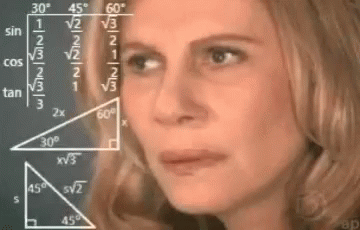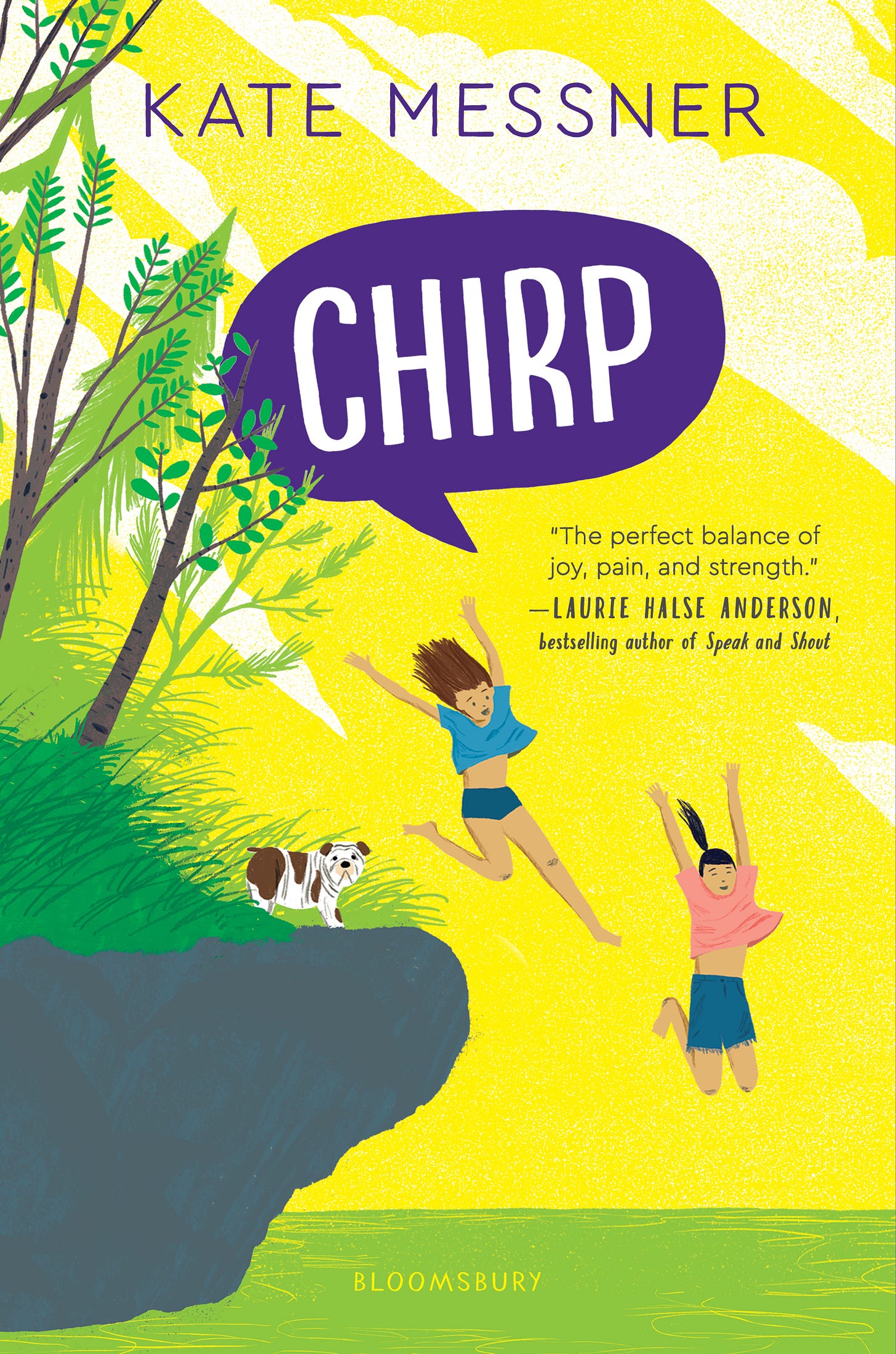Welcome to another week of Best of Ask the Agent (the newsletter), where I dive into the fathomless depths of my #AskAgent Tumblr and retrieve the choicest pearls for you. Want to ask your own question? You can do so via the anonymous #AskAgent inbox. (And keep reading after the advice for my featured Book of the Week!) But first:
Quick Links
The ALA Notables 2020 list is up, and it is wonderful. Congratulations to all —especially to my awesome clients who make an appearance on the list: Raúl the Third and Jo Knowles!
Our most recent ABLA Illustrator Spotlight shines on my client, Don Brown. He writes and illustrates nonfiction graphic novels for middle graders and YA, as well as picture books, and his artwork is full of emotion and movement.
Best of Ask the Agent: How Do You Put a Number on Success?
In order to understand this question and answer, you need to know what “earning out” means. When you sell a book to a traditional publisher, you typically get royalties (a percentage of the sales for every book sold), and an “advance against royalties” (aka “advance”), which is a payment or payments up-front. When you have sold enough books that your share covers the advance, you’ve “earned out” — which means you start earning royalties directly. Generally these are paid twice yearly, as long as your book is still in print and selling. On to the question:
What's the typical life cycle of a published book for children (i.e. how long can the average author expect to earn royalties)? Also, sales figures for kidlit fiction and nonfiction are hard to come by. Can you give us some idea what's considered average, lackluster, and outstanding for these genres. I'd expect that sales figures for nonfiction are often lower than fiction. Thanks!
Bear with me, this answer is lengthy, possibly unsatisfying, and involves math. I’ll break it down into parts.
What is the typical life cycle of a published book for children?
Most books that are successful peak in the first year, peak again in paperback the following year, then chug along for a couple/few years as long as they are on school lists and whatnot, then drop off. (That is, of course, except for all the MYRIAD examples I could also give of the exact opposite happening, or something entirely different!) The best thing you can do for your current books? Is write more books. I have seen consistently that when authors have a new book out, all their book sales spike.
How long can the average author expect to earn royalties?
There’s a problem with your question. The cold truth is, the average author may not ever earn royalties at all. I’m not going to say MOST books never earn out… but uh… *cough*… let’s just say… MANY books never earn out. I did a quick little unscientific poll on my twitter, and with 200-ish votes, 51% of respondents say their book has not earned out a year after publication, and 40% say that they are barely or almost-but-not-quite earned out, or earning what they consider very modest royalties. 9% say they are in the “woohoo!” royalty range.
The thing is. The THING is. There isn’t really such a thing as an “average” author. I know many best-selling and famous authors, whose names you Absolutely know… and even they, for sure, still have some books that have never earned out. I know what you might consider mid-list or even “lesser known” authors that make a fine living, whose books sell consistently over years, though they may never be NYT bestsellers. I know debuts who have hit the jackpot but then never sold another book. And people who never sold books for years and then went on to hit the jackpot. Every author, and indeed every book, has its own path. (That’s the problem with my quick-and-dirty twitter poll - obviously there is no room for nuance, and everyone’s story is different!)
Another truth-bomb: Publishing is NOT a science. Publishers are just gambling alllllll the time. They may pretend like they know exactly what will be popular, but of course the REASON so many books do just meh or poorly is, heads up, Publishers have no clue. They pay for 100 books knowing at least half of them won’t necessarily go anywhere at all – the big financial wins (known bestsellers, out-of-nowhere surprises, hot topics, award winners, celebrity books) pay for the others to exist.
Can you give us some idea what [sales numbers would be] considered average, lackluster, and outstanding for [different] genres?
You can’t put a hard number on “success” — It’s all subjective. What constitutes a success entirely depends on the situation. If you got a $10,000 advance and sold, say, 20,000 copies in the first year, you’re earning royalties, and got on some state lists and your book stays in print for ages? That’s VERY successful. If you got a $500,000. advance and your book sold 20,000 copies… that is not good at all. To a smaller press, 5,000 copies might be a success story – to a huge publisher it would probably rank as “quite meh.” All that being said, there IS a way that you can roughly figure out what might be considered “successful” in your individual case…
So here comes the maths:
When publishers are doing a P&L (that is a “profit and loss statement”) before they make an offer, they plug in some numbers to kind of back-of-the-envelope try and figure out the level of the advance. The calculation goes something like:
price of book x number we can reasonably expect to sell in the first year which let’s face it is totally guesswork x royalty %

In other words: If your book is going to be a $17.99 hardcover, and it is about a very niche nonfiction topic and they want to start with a very modest print run of 5,000 or so, and your royalty is 10%, the math looks like: 17.99 x 5,000 x .10 = $8,995. I would expect that the budget for the advance would be under 10k – they’d probably offer 7,500. and your agent could prob talk them up to 10k-ish. (Of course - if your book is a picture book and you’ve only written the text — your royalty rate will likely be x.05, and correspondingly, the sum will be that much lower!)
If your book is going to be a big ol YA $18.99 hardcover and the publisher thinks it could be potentially a bestseller and they want to start with a print run of 50,000+ in hardcover – you’re looking at more the near-six-figure range for an advance. However, a paperback original at an $8.99 price point and a 6% royalty would have to sell that many copies to justify a $25,000 advance.
SO. Now that you know that math – you can also do the calculations backward and see what kind of expectations the publisher might have.
(Note that this ONLY works provided the publisher is a traditional trade publisher of size and means – obviously for a micro-press, educational publisher, or something like that, their financials may look very different).
If you know the advance, the price of the book, and the royalty, divide them all, and you will get approximately what the publisher expects to sell in the first year or so. So that first niche nonfiction book? $10,000 / 17.99 / .10 = 5,558, aka they are anticipating you will sell 5-6k copies at least in the first year.*
But of course remember - the publisher starts making money BEFORE you earn royalties. So don’t cry for them. Also, even if a book performs “just ok” in bookstores – they (and by extension, you) might make money off it with subsidiary rights and such, Junior Library Guild, book fairs, foreign rights where applicable, etc etc forever, anyway. So you could be earning royalties and be considered a definite success, even if the book doesn’t sell like gangbusters at the bookstore.
And THAT is why my answer to your question is, *enigmatic shrug* – and if you got THIS far, I salute you! I really could keep going for another 50 paragraphs, but I’m stopping now. BYE!
(*ETA this of course doesn’t count the fact that publishing doesn’t always make sense, and sometimes publishers are struck by MADNESS and way under-or-overpay due to some factors that are completely out of your control despite what reasonable numbers would be, and everything is wildly unpredictable and nobody knows anything, soooo….)
New This Week: Time to CHIRP!
CHIRP is the latest middle grade novel from Kate Messner, and it is out this week, at last! It’s a #MeToo mystery set on a cricket farm — and it’s gotten four starred reviews so far. You can buy it from your local independent bookstore, or wherever fine books are sold. Here’s what people are saying about CHIRP:
"Kate Messner strikes the perfect balance of joy, pain, and strength in this deftly layered mystery about family, friendship, and the struggle to speak up." --Laurie Halse Anderson, bestselling author of SPEAK and SHOUT
"Chirp is so many things: a mystery, a family story, and a story of the power of friendship. It's about learning to speak out when it seems the whole world would rather you shut up. Sure to be passed from kid to kid to kid" --Laura Ruby, National Book Award Finalist and author of the York Trilogy
"Once again, Kate Messner has written a book that will be a dear and important friend to her readers. A loving and compelling ode to the joy of friendship, the many kinds of strength, and the everyday bravery of girls." --Anne Ursu, author of THE LOST GIRL

"Messner honors middle graders by exploring important, relevant issues at their level of understanding. This book will prompt discussions of gender inequality, consent, and sexual abuse. A must purchase." --Starred Review, School Library Connection
"Messner deftly weaves together myriad complex plot threads to form a captivating whole. . . . Rich, timely, and beautifully written." --Starred Review, Kirkus Reviews
"Layering mystery elements, strong and myriad female characters, and a poignant analogy involving chirp-less female crickets, Messner gently guides Mia on a journey of resilience that both comforts and inspires." --Starred Review, Publisher’s Weekly
Thanks for reading this far! If you like the newsletter, please share and subscribe:



